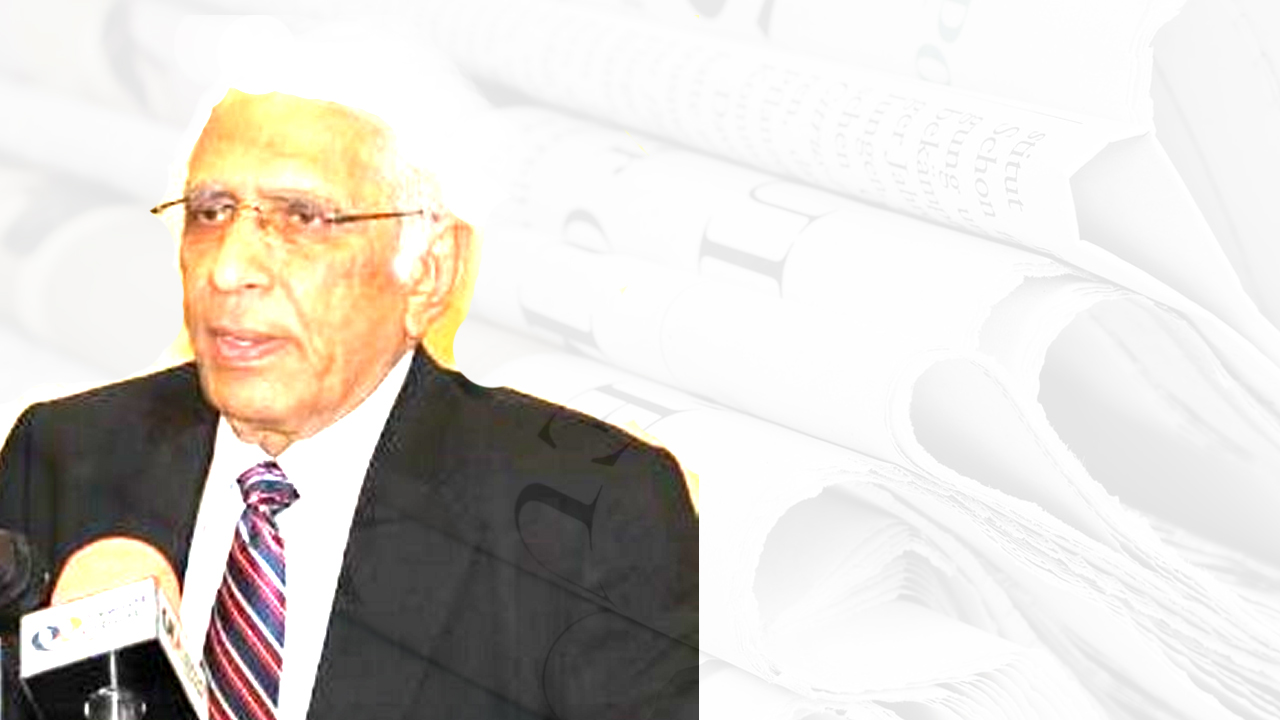Governments in Pakistan invariably ‘touch’ up the official growth rates so as to be seen as having achieved various targets they had set for the outgoing financial year. As such, official claims of GDP growth rates have always been met with a thick dose of skepticism because of their failure, year after year, to stand the final test when conclusive growth figures are received after a lag of a year or so. The ‘touching’ is done by the Pakistan Bureau of Statistic (PBS), a line department of the finance ministry (now of Planning) working like a puppet under the directive of its parent ministry. If this undesirable practice is to be stopped for good the PBS would need to be liberated from the parent ministry and allowed to function at least as autonomously as the State Bank of Pakistan.
On the face of it, the growth rate of 3.94 per cent being claimed by the government for the outgoing year does not look all that unrealistic if one were to test it against last year’s negative growth of 0.5%. As well, the hefty stimulus that the State Bank of Pakistan had disbursed during 2020-2021 also has significantly triggered a fairly steep escalation in the growth rate.
But an eminent economist of international repute, Dr. Hafeez Pasha while analysing the government’s claim regarding the seemingly unbelievable growth rate pointed out that the government had admitted 22.996pc decline in growth of energy sector (electricity, gas etc.), while estimating massive growth in industrial sector which could not have happened without energy. According to him, the agriculture sector, which was immensely disturbed last year due to meagre cotton production, suddenly picked growth during the current fiscal year at a time when transport and communication sectors registered a declining trend. Besides, the wholesale and retail sectors had continued to be in trouble.
Another eminent economist Dr. Pervaiz Tahir has also termed 3.94pc growth rate unrealistic and said independent operation of the PBS was the only way forward to get a transparent projection of the growth. He said if growth in various sectors, agriculture, industrial etc., was admitted, there should have been about 3pc growth rate at the most. “But it jumped to around 4pc and I think one percent has been added forcibly,” he said.
Sakib Sherani, former member of Prime Minister’s economic advisory council and head of a macroeconomic consultancy has endorsed the official claim saying, the momentum in many economic indicators, especially high frequency ones, was confirming a strong pick-up in economic activity post-second wave of Covid.
“Whether this would have caused GDP to grow by three per cent, 3.3pc or 3.9pc is moot, however. It should be noted that the order of magnitude between the foregoing different estimates is not very large. Nonetheless, the growth bounce is predicated substantially on two factors: a base effect, and the bumper output of major crops. While exports have done exceedingly well, the claim that they contributed significantly to headline growth does not wash, given that the export sector is still less than 10pc of GDP.”
But then it seems as if the government itself is not convinced of the ‘remarkable’ achievement because the person who is supposed to have captained the economic team—Dr. Hafeez Sheikh— that made it possible for Pakistan to grow at such a respectable rate under very non-conducive conditions was shown the door unceremoniously just on the eve of budget announcement on the lame excuse that he had lost a senate election. And indeed, Shaukat Tarin who replaced Dr. Sheikh in his very first comment on the performance of the economy over the last three years had called it a complete disaster. He quickly changed tack and as if in a double take endorsed the officially claimed growth rate. He has at the same time promised to achieve a growth rate of 5 per cent next year from the base of nearly 4 per cent of the outgoing year which would mean setting the national economy on fire over the next 12 months.
It is still a puzzle why Tarin, a banker was chosen to replace Sheikh, an economist. And of course, it was no less than a puzzle when earlier PTI’s poster boy Asad Umar of the corporate world was replaced by Dr. Sheikh when the former had almost finalized a deal with the IMF for a 3-year, $6b Extended Fund Facility (EFF).
Interestingly, Sheikh and Tarin, both seemingly apolitical technocrats have served the PPP, a left- of- center party as well as the PTI, a right- of- center one as their respective finance ministers, one after the other, though neither of the two is a member of either the PPP or the PTI. And if one were to take seriously what Tarin is saying he is going to do with the IMF conditionalities, it becomes all the more worrying as to how the national economy would fare during the 24 months left in the tenure of the PTI-led coalition government.










